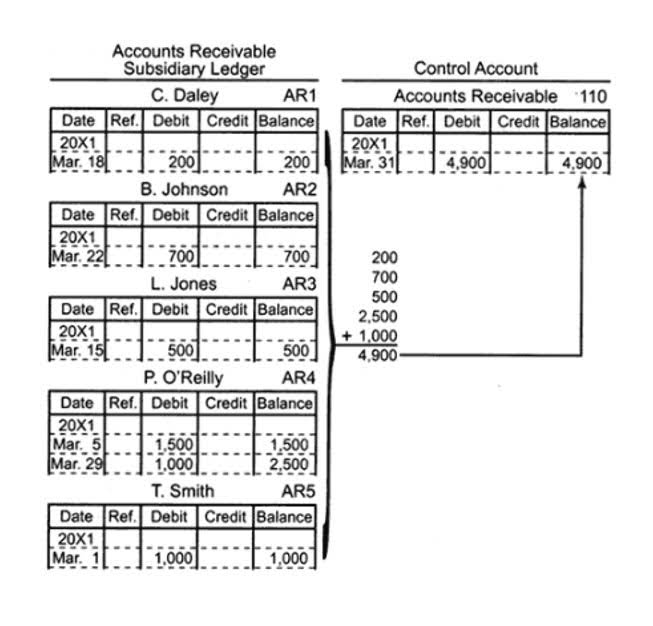The intricacy of services is one of the key differences between mental health and medical billing. As a result, mental health billing necessitates a more in-depth awareness of the nuances involved in effectively recording and coding mental health services. The Coding and Payment Guide for Behavioral Health Services is your one-stop coding, reimbursement, and documentation resource developed exclusively for behavioral health. This comprehensive and easy-to-use guide is updated for 2023 and organized by specialty-specific CPT codes.
Claim ID or Claim Number for Corrected Claims
Mental health billing is one of your most important tasks, yet it can be overwhelming and burdensome. Outsourcing these essential functions can reduce the administrative burden on your staff and speed up insurance claims processing. A VOB can help you avoid rejected claims from the insurance company as well as unpaid bills for the services you provide for your https://www.bookstime.com/articles/statement-of-stockholders-equity patient. Again, if you’re tired reading about the ins and outs of insurance billing, you might save time, money, and headache delegating this part of your private practice. Moreover, you need to take care of overbilling or underbilling your claims. An EOB is a document sent by an insurance company to the patient and/or provider after processing a claim.
CMS 1500 Form
When these services are billed to health insurance, it is often a simple task because routine checkups are frequently under one general charge. There is a wide range of factors that contribute to the differences in these services. The length of a session, the location of services, the therapeutic approach, the age of the patient and their willingness to participate can all affect coding and billing.
Inquire about our mental health insurance billing service
Although it’s the most tried and true method for claim submission, it adds another manual step to the process PLUS additional days for delivery. Without them, the payer wouldn’t be able to understand what happened during your client’s visit. Gathering the information from your clients is only the first step, it’s also your responsibility to ensure that it’s accurate, up-to-date and eligible. UB-04 is the standard paper form for claim submissions that mental health institutions have to use.
- Pay special attention to aging claims, those that aren’t being processed within the typical timeframe.
- If your organization uses the “more ideal” claim submission process that I detailed above, these payers throw a wrench into things.
- First, you must gather customer information to make your medical bills accurate and reimbursable to the payers.
- There’s plenty to know about this cycle, but for now, here’s an overview of the basic steps.
- There are many different layers to medical billing and many regulations to adhere to, which can create a barrier between you and your patients.
Medical Student Outreach Program (MSOP): Outreach leader recruitment resources
Happy to do this whole process for you as every other billing service should. Use digital claims processing when possible for better tracking of your claims and data and faster claims submission. Normally digital options to have a cost, for EHRs, so consider your options in choosing an online tool. Save any dates of service that never made their way to the insurance company.
- You now have all the necessary information to file claims, you know what to charge the patient in person, and you know where to file the claims.
- Proper billing practices not only ensure that practitioners receive timely payment for their services but also contribute to the overall sustainability and growth of their practice.
- A clean claim is formatted correctly, contains accurate information, and is free of mistakes or typos.
- You are simply upcoding, and this will make your claim go into rejection.
- These codes are used to identify specific procedures and services provided by healthcare professionals, including mental health practitioners.
To help illustrate that point, I’ll give you another example of what this industry is like within the state of Ohio. If your clearinghouse doesn’t have electronic connections to the Medicaid MCOs within your state, you won’t be able to submit claims that use Medicaid as their insurance. The unique payers that still cling on to paper stand no chance against the most ideal alternative for claims processing. That means it should be able to alert you of errors you make during the claim submission process and correct the same automatically. Luckily, this is another area where your clearinghouse can save the day. You see, some clearinghouses (like ours) can automatically accomplish multiple claim submission process alternatives exactly for this unique scenario.
The psychiatric diagnostic evaluation, also known as a psych evaluation, is typically performed to evaluate patient’s medical and mental health. The patient’s behavior, thought process, cognitive skills etc will be examined, and provider will devise a treatment plan based on the patient’s readiness and capacity to react to treatment. This service may be provided with or without the patient’s presence and is occasionally reimbursed. If you are struggling mental health billing for dummies to do each of these tasks for your insurance clients, considering hiring a mental health billing service like TheraThink to solve these problems for you. In this guide, you’ll learn about the behavioral health modifiers you need to use for billing your insurance claims. Mental Health Modifiers are two digit alphanumerical codes used on CMS1500 insurance claims to signify identifying information about the provider rendering services.
- We help our clients be more precise with their coding, documentation, and billing and save up quite a lot of time for the practice so that you can fully concentrate on patient welfare.
- The odds of obtaining that payment shrink once your patient has left the facility.
- For many companies it’s 90 days while some can be as long as 365 day timely filing window.
- This includes understanding the specific documentation and coding requirements for mental health services and staying informed about any changes or updates in billing regulations.
- That means it should be able to alert you of errors you make during the claim submission process and correct the same automatically.
- Keep track of claim statuses, payment timelines, and any denials or rejections.
Instead of spending too much time resolving rejected claims and incorrect coding, you can simplify your system and improve accuracy with mental health billing within an EHR. Behavioral and mental health care professionals have countless responsibilities to juggle. There are many different layers to medical billing and many regulations to adhere to, which can create a barrier between you and your patients. The intricate, repetitive billing processes can deprive you of the time and energy you have to prioritize your clients.
Most Ideal: Clearinghouse Claim Status with Mail Tracking
The process of submitting your client claims to your clearinghouse and/or insurance payer. In other words, it’s like a second set of eyes reviewing your claims before you submit them so that you don’t receive a denial. If you submit a claim and it doesn’t meet all of the requirements, the payer won’t accept it and deny it. Usually, you receive a notification of the claim denial through your practice management (PM) system and your clearinghouse. In other words, if you’re wondering if there are ways to improve your billing processes and increase the revenue for your mental health organization, there’s hope. Hopefully this guide was a helpful introduction to mental health billing claims.









